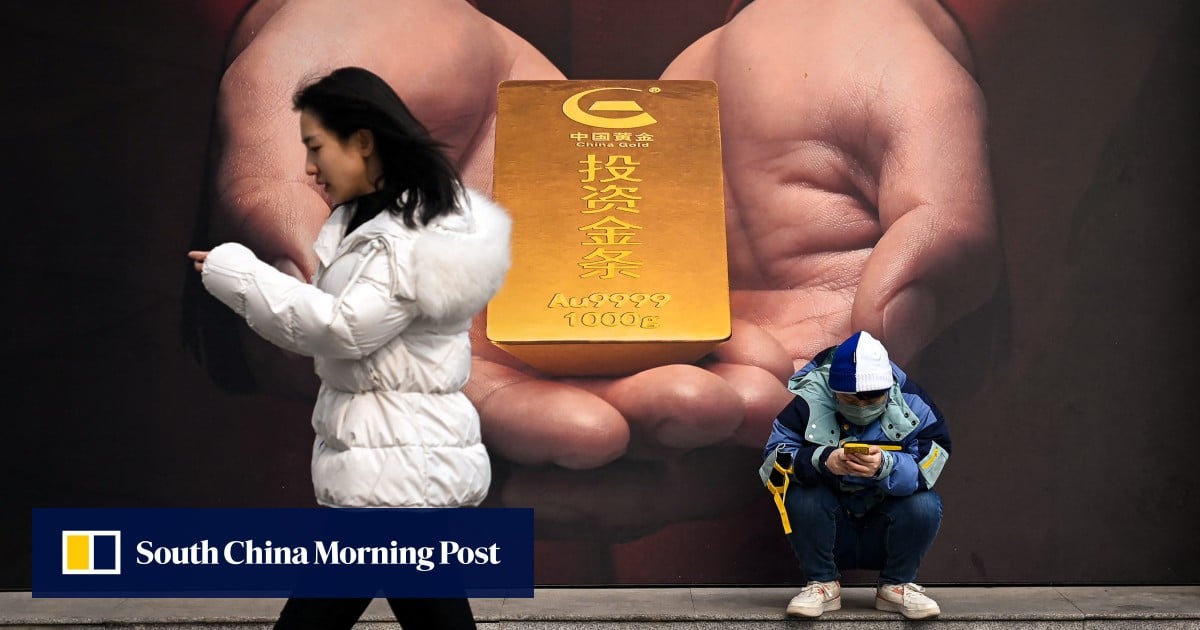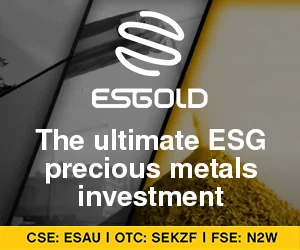In a significant shift in its financial landscape, China has recently announced that it will permit its major insurance companies to invest in gold. This decision is poised to create a new wave of buyers in the gold market, complementing the ongoing purchases by global central banks. Industry experts predict that this move could drive gold prices to unprecedented heights, marking a pivotal moment for both investors and the global economy.
A Surge in Gold Prices
Gold has been on an impressive upward trajectory in 2024, rising more than 10% this year alone. As of Thursday, the precious metal reached a record price of US$2,954 per ounce (28.3 grams), according to data compiled by Reuters. This increase follows a remarkable 26% surge in 2023, which was the largest annual gain in 14 years. Analysts at Goldman Sachs have responded to this bullish trend by raising their price forecast for gold, projecting it could reach between US$3,100 and US$3,300 by 2025.
The New Investment Directive
On February 7, 2024, the Chinese government announced that ten major mainland-based insurers, including prominent names like Ping An Insurance, China Life Insurance, and China Pacific Insurance, would be allowed to allocate up to 1% of their assets into gold. This directive is aimed at diversifying their investment portfolios and is expected to take effect immediately.
The implications of this policy change are substantial. By allowing insurers to invest in gold, China is not only diversifying its financial markets but also potentially stabilizing its economy amid global uncertainties. The move is seen as a strategic effort to bolster the country’s financial resilience.
Potential Impact on the Gold Market
Industry players are optimistic about the potential impact of this new investment strategy. Joshua Rotbart, managing partner of J. Rotbart & Co., a commodity-trading firm based in Hong Kong, stated that this directive could inject “substantial capital into the gold market.” He emphasized that the opening of this new avenue for institutional investment could further support gold prices, reinforcing the metal’s status as a safe haven asset.
Stephen Innes, managing partner of Bangkok-based SPI Asset Management, echoed these sentiments, estimating that inflows from the insurance sector could amount to a staggering US$27 billion. Such an influx of capital could significantly alter the dynamics of the gold market, creating a robust demand that could push prices even higher.
The Role of Global Central Banks
The decision by Chinese insurers to invest in gold comes at a time when global central banks are also increasing their gold purchases. Central banks around the world have been stockpiling gold as a hedge against inflation and economic instability. This trend, combined with the new Chinese investment directive, could create a perfect storm for gold prices, driving them to new heights.
As institutional investors, including insurance companies, enter the gold market, the demand for the precious metal is likely to surge. This increased competition for gold could lead to higher prices, benefiting not only investors but also those involved in gold mining and production.
Conclusion
China’s decision to allow its insurers to invest in gold marks a significant turning point in the global gold market. With the potential for substantial capital inflows and the ongoing support from global central banks, the stage is set for a new era of gold investment. As prices continue to rise, investors will be closely watching how this policy unfolds and its implications for the future of gold as a key asset in diversified investment portfolios. The landscape of gold investment is changing, and those who adapt to these shifts may find themselves well-positioned to reap the rewards.




